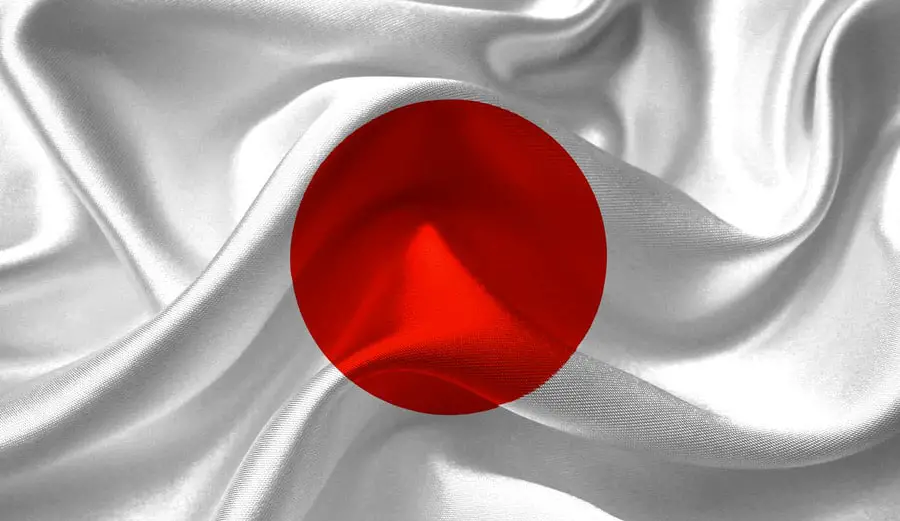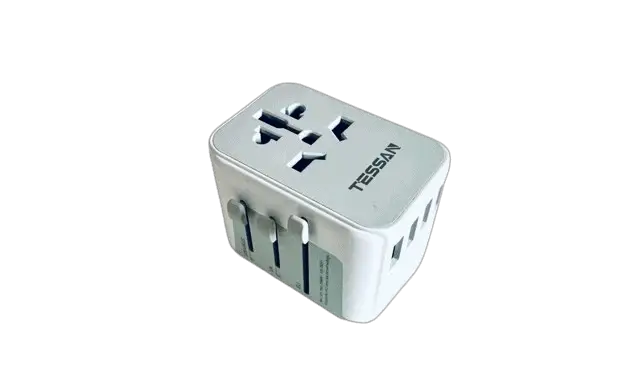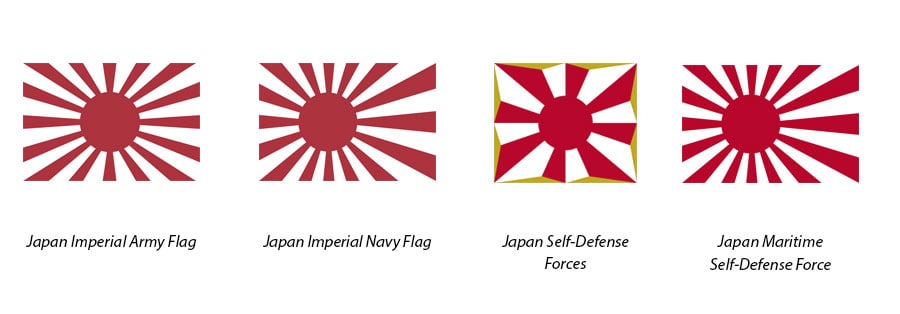In the realm of world flags, Japan’s emblem stands as a symbol of simplicity and grace, yet beneath its unassuming facade lies a rich mix of symbolism and history. Have you ever wondered about the true significance behind Japan’s flag? Very simple at first sight, there’s more to the Japanese flag than we first imagined. From the sun-kissed origins to the controversies and evolution that shaped its destiny, let’s discover the vibrant stories it silently holds. Do you want to know more? You’re at the right place!

The Japanese flag is composed of a white background symbolizing the honesty of the Japanese people, with a crimson-red disk at its center representing Amaterasu, the sun goddess. The Japanese Flag is known as Nisshōki, meaning the “sun-mark flag”, or Hinomaru, meaning the “circle of the sun”.
Ok, so this is the basic information about the flag, but now let’s dive together into the true meaning in detail.
Japanese Flag History
To understand the true meaning of the Japanese flag, we must undoubtedly understand Japan’s history and the changing perception of the flag.
There’s no real evidence of when the Japanese flag was created, but there are lots of references to it, way before the flag was used as a national symbol. For example:
- In a letter to the Chinese Emperor, in the early 7th century, the Japanese Emperor refers to himself as “the Emperor of the rising sun“
- During the Mongol Invasion in the 13th century, Japanese Buddhist priests gave a sun banner to the military dictator of Japan known as shōgun
- In 1854, the flag was used to identify the Japanese ships when Japan started to develop diplomatic relations and commerce with Europe. It became the official merchant flag in 1870
With the arrival of conflicts and war, the flag started to gain importance and was seen at celebrations after victories. During this period patriotism was at full expansion and taught as a virtue. Now let’s take a look at some examples of the sun disk usage at that time:
Dreaming of Japan? Here’s your go-to guide for a great trip.
Download Free Guide
- Soldiers received flags as lucky charms with a prayer to return safely from war, but the writings must never touch the sun disc at the center. This lucky charm was known as Hinomaru Yosegaki (日の丸寄せ書き)
- The flag was raised at schools in morning ceremonies
- Kamikaze pilots used a white headband with a red disk at the center that looks like this one on Amazon. This headband is known as hachimaki (鉢巻) and is still used today to encourage the person who wears it, as a symbol of effort and perseverance.
You may also like:
What Does Sakura Really Mean in Japanese?
The Real Reason Why Japanese Don’t Wear Shoes Inside
Why Don’t Japanese Blow Their Nose?
After the war, people were no longer legally required to display the flag on national holidays, even if the Japanese government still encouraged it.
Hey, check out these recommendations I have for you!
Before going any further, take a look at some of the recommendations I've handpicked for you. I think these are essential items you should have on your trip to Japan. You can check them out and buy them directly from Amazon.

|

|

|
| A universal travel adapter | A 10,000 mAh power bank | A travel adapter and converter |
There’s a huge debate regarding Hinomaru and Japan’s National Anthem called Kimigayo (君が代, which means “His Imperial Majesty’s Reign”) due to their post-war history. Some teachers and schools refused both symbols, though they were obliged to apply them in schools.
In 1999, both symbols were recognized by law as national symbols of Japan, and even if some teachers opposed it, after some incidents, the Japan Teachers Union finally accepted their use inside the school system.
Nowadays, the Japanese flag’s white color represents the honesty and integrity of the Japanese people. As for the crimson red disk, it symbolizes the sun goddess Amaterasu (天照), the ancestor of Japan’s emperors and the mythical founder of Japan. This is why the country is called the land of the rising sun; and also because Japan is located at the far east of the Asian continent.
By the way, if you’re curious about the events of World War II, some great books can tell you more about the flags’ symbolism during this dark period of history, like Flags of Our Fathers or The Girl with the White Flag, both available at Amazon. You can read a book for free during the free month trial of Amazon Kindle Unlimited or the Audible Free Month Trial for audiobooks too.
Other flags in Japan
Like many other countries, Japan’s flag evolved with time. At first, the flag had the sun disk at the center surrounded by sixteen rays, and it was used by the Imperial Japanese Army. On the other hand, the Imperial Japanese Navy had the same flag, but the disk was slightly to the left. Both flags stopped being used at the end of World War II. The former Imperial Japanese Navy flag was re-adopted in 1954 by the Japan Maritime Self-Defense Force and is still being used in the present day. As for the Japan Self-Defense Forces and the Japan Ground Self-Defense Force, they use a flag with a golden border and the sun disk surrounded by eight rays. (See the picture below for a better understanding)

You can get a cool Imperial Navy Flag from Amazon or even the magnificent Nisshōki, the white flag with the red disk.
Japan also has 47 prefecture flags (one for each prefecture). Just like the national flag, prefecture flags are composed of a symbol over a mono-colored background (except for one prefecture that has a bi-colored one). Most of the prefectures respect the 2:3 ratio and the symbol in the center.
Japan’s waiting for you! Get your quick guide for the best trip.
Grab It Now
Conclusion
The history of the Japanese flag is anything but tranquil. Despite its tumultuous past, the profound meaning behind its colors reflects the resilience and spirit of the Japanese people.
While the official recognition of national symbols came relatively recently in 1999, the journey to establish a natural respect for these symbols is ongoing.
In contemplating the Japanese flag’s meaning, it becomes evident that its symbolism resonates with the essence of the Japanese people. What are your thoughts on this? Share your feedback in the comments below.
As we reflect on the intricate history of Japan’s flag, I invite you to explore further through works like “Flags of Our Fathers” and “The Girl with the White Flag,” available on Amazon. Take advantage of a free month trial of Amazon Kindle Unlimited or the Audible Free Month Trial for an enriching experience.
Meanwhile, I’ll be enjoying the movie 1945 End of War for free with my Amazon Prime subscription. Get your free Amazon Prime month trial here 🙂




I Like It